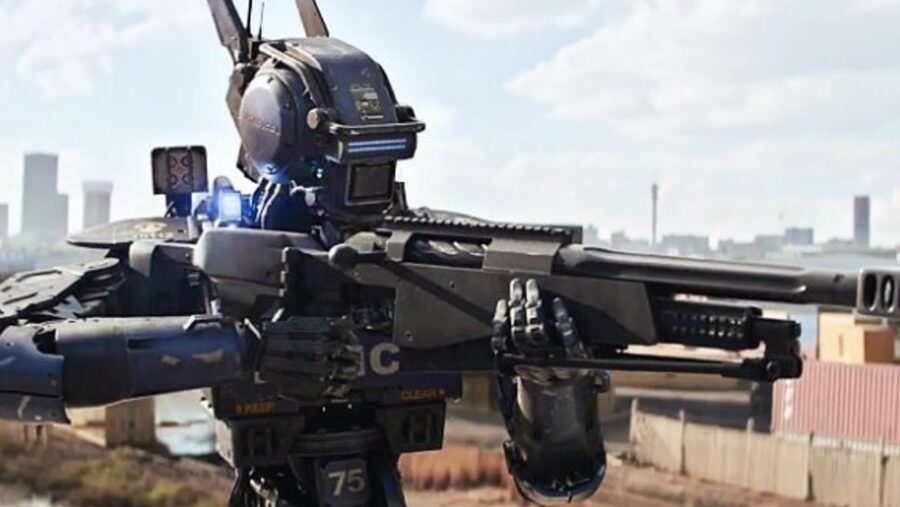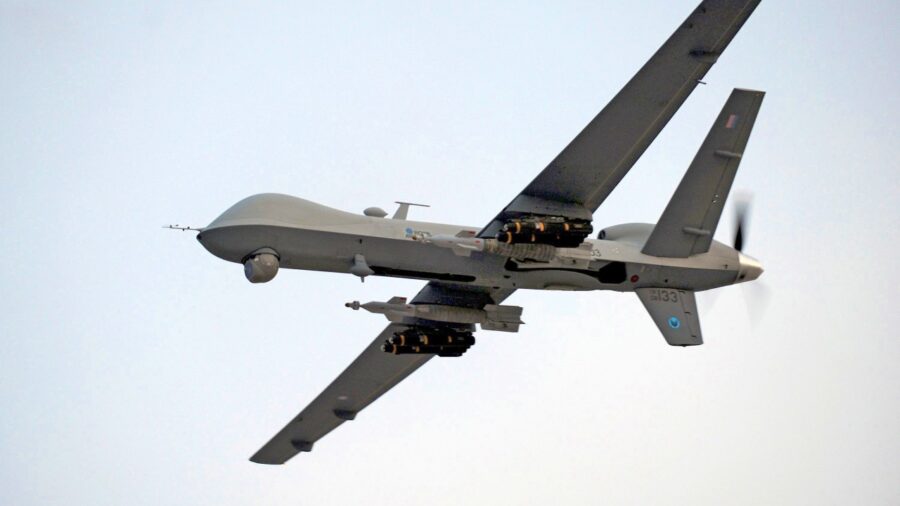Robot With Rocket Launcher Is Now Out On The Battlefield

The U.S. Marine Corps recently conducted a test involving a four-legged robot equipped with an M72 infantry anti-armor rocket launcher. This development showcases a growing interest by military sectors around the world in exploring the potential of armed uncrewed ground systems. According to The Drive, the Marine Corps robot dog appears to be based on a Chinese-made commercial quadrupedal robot, which has been seen previously in anti-armor rocket launcher and submachine gun-armed configurations in Russia.
The U.S. Marine Corps is getting to unleash a robot armed with a rocket launcher as a low-profile anti-tank weapon.
The experiment testing the robot rocket launcher took place at the Marine Air Ground Task Force Training Command’s Tactical Training and Exercise Control group, situated within the Marine Corps Air Ground Combat Center at Twentynine Palms, California. In addition to the Marine Corps, members of the U.S. Navy’s Office of Naval Research were also actively involved in the demonstration.
Although specific details regarding the robot dog’s capabilities remain classified, visuals released by the Marine Corps suggest the underlying quadrupedal robot carrying the rocket launcher is a Chinese-made Unitree Go1, which is readily available for purchase online, including platforms like Amazon. Unitree offers two variants: the baseline Go1 Air for $2,700 and the Go1 Pro, which boasts enhanced sensors for general movement and object recognition, available for $3,500.
“Instead of having a Marine handle the weapon system, manipulate the safeties, we could put a remote trigger mechanism on it that allowed it to all be done remotely.”
Marine Corps 1st Lt. Aaron Safadi
The four-legged robotic contraption is an increasingly common design for robots used in the field. Often referred to as robot dogs, the Marines refer to their version as a “robotic goat,” though it’s unclear why they’ve chosen the bovine as their inspirational animal. Dog or goat, this robot is equipped with a mount designed to hold and fire an M72-series rocket launcher, as well as a forward-facing GoPro camera offset on the right side, and rails have been installed at various points to accommodate additional cameras, aiming lasers, and other accessories.

Video footage from the September test reveals the robot dog-mounted rocket launcher successfully firing from a static position with sandbags on either side for safety. A Marine is shown removing the launcher from the mount, demonstrating the potential for field reloading.
While the future of the M72-armed robot rocket launcher remains uncertain, it is evident that such systems will play an increasingly prominent role in the arsenals of American and foreign security forces.
While the Marine Corps robot dog with a rocket launcher attachment is currently in the proof-of-concept stage, its potential value is evident. “Instead of having a Marine handle the weapon system, manipulate the safeties, we could put a remote trigger mechanism on it that allowed it to all be done remotely,” explained Marine Corps 1st Lt. Aaron Safadi, the officer in charge of the emerging technology integration section within TTECG.
Uncrewed ground systems like this offer the ability to remotely engage threats, a particularly valuable asset in dismounted attacks on armored vehicles, especially in close quarters and urban environments. The robot rocket launcher can approach targets more closely, increasing the likelihood of a successful strike. These systems can also serve as scouts, identifying and neutralizing threats ahead of friendly forces, all while accessing areas inaccessible to humans, such as dense urban environments.
The evolving landscape of armed uncrewed systems is indicative of a broader trend in military technology as nations seek to integrate smaller armed robots into their arsenals. While the future of the M72-armed robot rocket launcher remains uncertain, it is evident that such systems will play an increasingly prominent role in the arsenals of American and foreign security forces.












